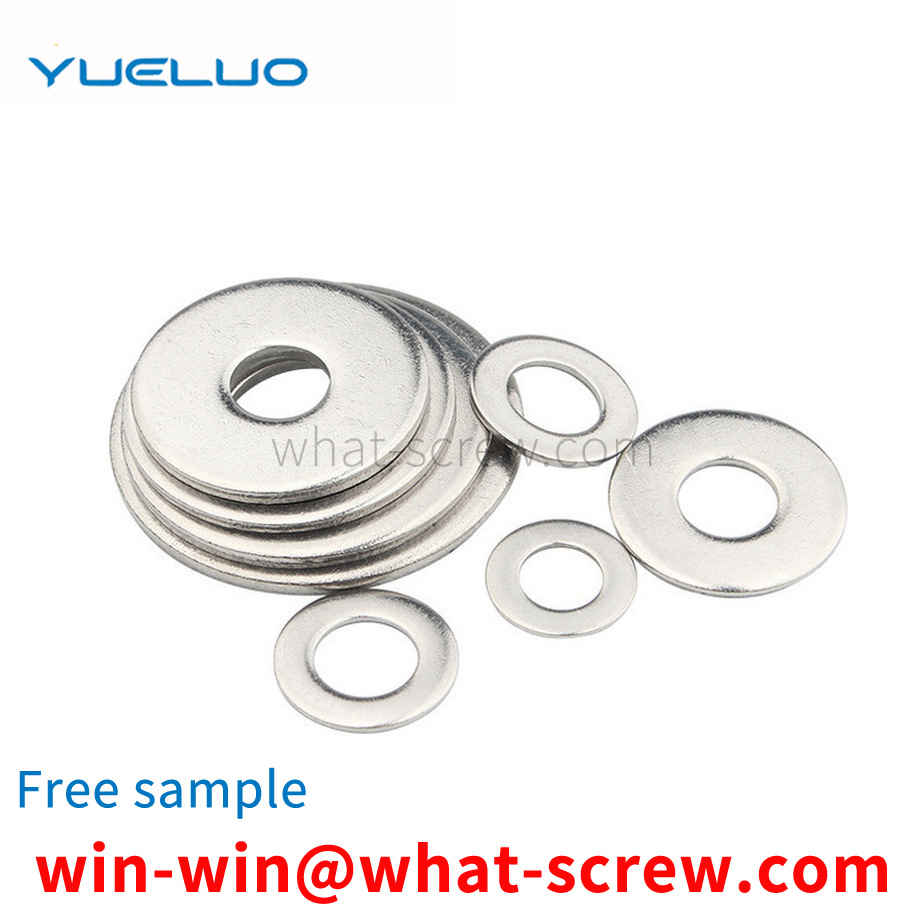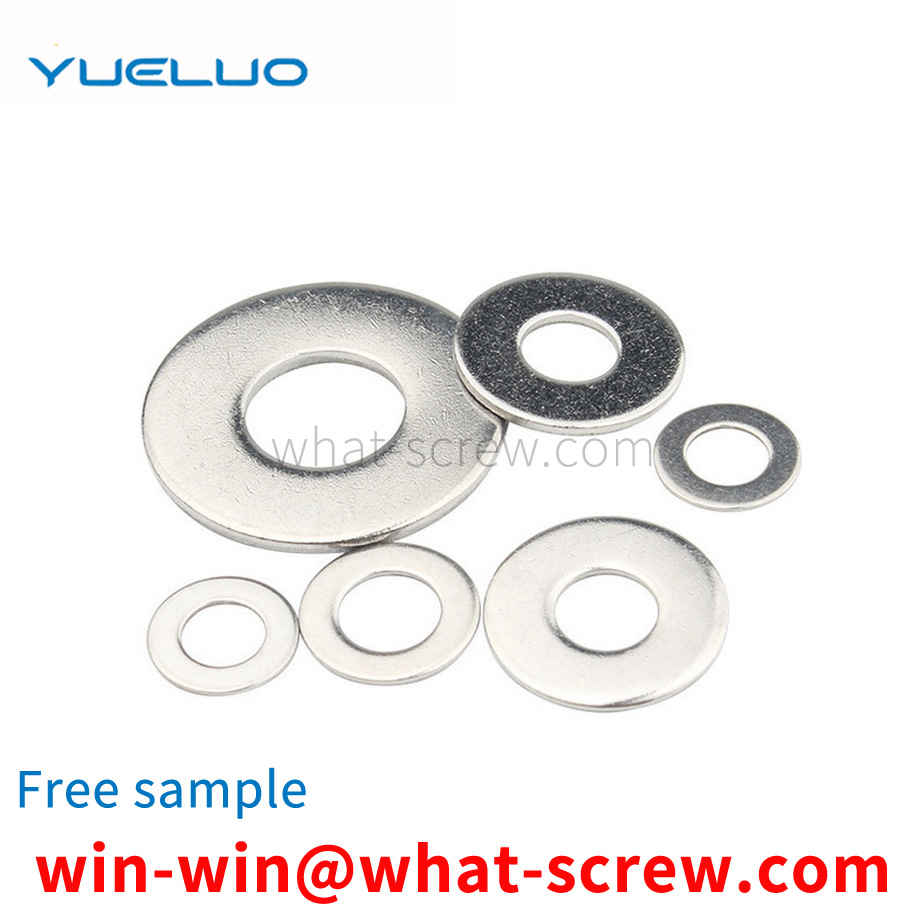Wood screws are similar to machine screws, but the thread on the screw is a special thread for wood screws, which can be directly screwed into wooden components (or parts) to connect a metal (or non-metal) part with a through hole to a wood screw. The components are fastened together. This connection is also a detachable connection.
In order to effectively improve the working efficiency of bearing installation when the equipment or device is being installed with flat pads, it is necessary to arrange the positions of the front and back of the flat pad.エ Time-consuming, labor-intensive, low production efficiency, high processing cost defects, at the same time, there is a shortage of unstable product quality, so the development of a flat pad front identification feeding mechanism has become a hot spot of industry research.
For a long time, the rivets used in general riveting, especially the ordinary rivets and bolts and other fasteners commonly used in steel structures such as vehicles and bridges, have low connection reliability, especially under alternating load and impact conditions. Looseness is easy to occur, the maintenance cycle is short, and the maintenance cost is high in the later period, which cannot meet the requirements of railway freight.
Each self-tapping screw is composed of three parts: the head, the shank and the end of the shank. The composition of each self-tapping screw has four major elements: head shape, wrenching method, thread type, and end form. 1. Head Shapes There are various head shapes. There are round head (semi-round head), flat round head, round head flange (with pad), flat round head flange (with pad), pan head, pan head flange (with pad), countersunk head, semi-countersunk head, Cylinder head, spherical cylinder head, horn head, hexagonal head, hexagonal flange head, hexagonal flange (with pad) head, etc. 2. Wrenching method The wrenching method refers to the way of twisting the head of the screw when installing and tightening the screw. There are two basic methods: external wrench and internal wrench. Generally speaking, external wrenching will allow more torque than any form of internal wrench (internal groove). External wrench: hexagon, hexagonal flange surface, hexagonal flange, hexagonal flower shape, etc.; internal wrench: flat groove, cross groove H type, cross groove Z type, cross groove F type, square groove, compound groove, inner flower Key, inner hexagon flower, inner triangle, inner hexagon, inner 12 corner, clutch slot, six-blade slot, high torque cross slot, etc. 3. There are many types of threads, including self-tapping threads (wide thread), machine threads (ordinary threads), drywall screw threads, fiberboard screw threads, and some other special threads. In addition, threads can be divided into single-lead (single-end), double-lead (double-end), multi-lead (multiple-end) and high-low thread double-end threads. 4. Terminal form There are two main types of terminal form: tapered end and flat end. However, according to the needs of use, at the screw-in part of the end, grooves, grooves, incisions or parts with a similar drill shape can be processed with cutting function. In some standards, it is also a tapered end or a flat end, and there are different forms such as a rounded end.
Fig. 1, Fig. 2, and Fig. 3 show that the rivet nut is cut into the required blank from a chemically treated low carbon steel disc, and the blank is placed in the die, and the upper and lower punches are used for shaping to obtain a shaped blank. , and then put the shaped blank in the die, use the punch punch to cold-head out the required brim blank (1) and the deformed skirt (2), and then use the punch punch in the die to continue Cold heading out the brim blank (1) and the deformed skirt (2). Then put the semi-finished material into the concave die and use the punch of the punch to continue to squeeze the threaded hole (3) of the nut tapping skirt, and then put the semi-finished blank into the concave die and use the upper punch and the lower sleeve to drop it. material. There are fish teeth (6) below the brim; the outer side of the lower end of the threaded hole is provided with a chamfer (5); the cross-section of the thread of the inner wall of the threaded hole is an isosceles trapezoid, and the upper bottom of the trapezoid is a concave arc (4), In this way, the riveted object is firmly connected to the rivet nut.
We have many years of experience in the production and sales of screws, nuts, flat washers, etc. The main products are: Welding nuts, knurled cup head screws, flat cup flat head screws, square washers and other products, we can provide you with suitable tightening Firmware Solutions.



















 Service Hotline
Service Hotline




